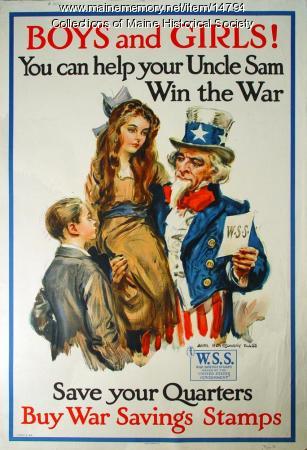Stamps From World War 1

Stamps From World War 1
German Military Medals - A Brief Guide to the German Iron Cross For Collectors of Military Medals
By Peter CoxOriginally a Prussian military decoration, the Iron Cross is perhaps one of the most immediately recognisable war medals in the World. It is synonymous with the German Army, having been awarded in both the World War One and World War Two, although it was incepted in 1813. It was first given by King Frederick William III of Prussia but latterly, of course, and most famously, by Adolf Hitler (with the addition of the Swastika).

The design of the Iron Cross has been left much the same since its inception, being a four pointed black cross with white edging. The arms of the cross broaden at the ends giving it a gothic appearance, much like the Maltese Cross, and, oddly enough, it was designed by an Architect, Karl Friedrich Schinkel.

As a result of being issued over a long period of time in Prussian and then German history, each Iron Cross will bear a date mark to indicate the relevant era of issue. The date appears on the lower limb of the cross and will immediately reveal whether the medal was awarded in world War One (stamped '1914') or World War Two (stamped '1939). Earlier versions will be stamped, for example, 1870. All will also carry a stamp on the reverse of the lower arm bearing the date '1813' marking the medal's inception and you will also find in the middle of the Cross the initials of the Monarch at the time, ie 'FW' for King Frederick William III, 'W' for the two Kaisers Wilhelm and a Swastika for Nazi Germany. The combination of these markings will enable even the most inexperienced collector to identify a particular medal.

During World War One, the Iron Cross was awarded in three classes, namely First Class, Second Class and Grand Class, not only for bravery in battle but also for other acts as well. Both the First and Second Class medals were given to officers and other ranks but the Grand Class was reserved for senior Officers. The Iron Cross First Class is worn without a ribbon so the higher graded Second Class and Grand Class Iron Crosses are instantly recognisable with a ribbon. The ribbon itself will also provide additional dating information.

It is estimated that as many as four million Iron Crosses were awarded during the Great War (including 145,000 First Class) and perhaps the most infamous recipient was Adolf Hitler, who received both the First and Second Class medals.

The Second World War saw three slightly altered classes of Iron Cross awarded, namely (in ascending order) the Iron Cross, the Knight's Cross and the Grand Cross. The Knight's Cross was awarded itself in five sub classes; Knight's Cross, Knight's Cross with Oak Leaves, Knight's Cross with Oak Leaves and Swords, Knight's Cross with Oak Leaves, Swords and Diamonds and, finally, Knight's Cross with Golden Oak Leaves, Swords, and Diamonds.

As many as 4.5 million Iron Crosses were awarded in the Second World War, including 300,000 First Class and 7,313 Knight's Crosses. Notable recipients included Rommel, Model, Manteuffel and Sepp Dietrich.

There are other variations of the Iron Cross but these were very rarely awarded. For example, the Grand Cross (1939), which was awarded only once (Goering). And the Star of the Grand Cross, the last recipient being Hindenburg in 1918. The Iron Cross is highly collectible, not least because so many of them awarded. Sadly, the recipient cannot be identified and researched but that does not detract from their interest to collectors



Stamps From World War 1
Comments
Post a Comment
Dear Value Stamps Enthusiast,
Please feel free to give your comment. Thanks.